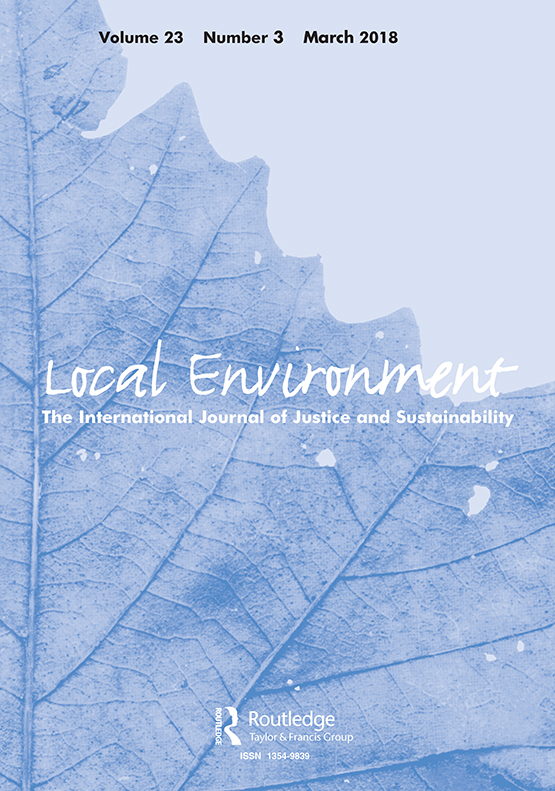Some neighbourhood environments have become dumping grounds for locally unwanted land uses (LULUs) that middle-class Americans do not want near their homes. LULUs may combine with other pariah land uses to collectively undermine the quality of the local environment, reduce investment, government services, the proportion of middle-income people and associated businesses. As important neighbourhood attributes are lost, illegal activities, derelict structures, trash-strewn lots and the concentration of poor and unhealthy people may increase. This paper describes the theory behind the impact of pariah land uses through examples of the downward spiral experienced by Camden, New Jersey and the south Bronx, New York. It then documents the experience of one community, Elizabethport, New Jersey, in reversing that downward spiral. Success in Elizabethport came from the synergistic activities of local, state and federal governments, community groups, and not-for-profit organizations as they struggled to regain control through local environmental management, rebuilding, and reducing crime. Social capital was also strengthened by using a local community health concern—that of childhood asthma. Efforts to reverse the downward spiral of urban decay from pariah land uses should be multi-faceted, spurred by local efforts that address local concerns.
The theory of neighbourhood decline due to pariah land uses: regaining control of the downward cycle
Citation:
M. Greenberg, D. Schneider, K. Lowrie, and A. Dey. “The theory of neighbourhood decline due to pariah land uses: regaining control of the downward cycle.” Local Environment. Vol. 13, no. 1, 2008, 15-26. https://doi.org/10.1080/13549830701581671
